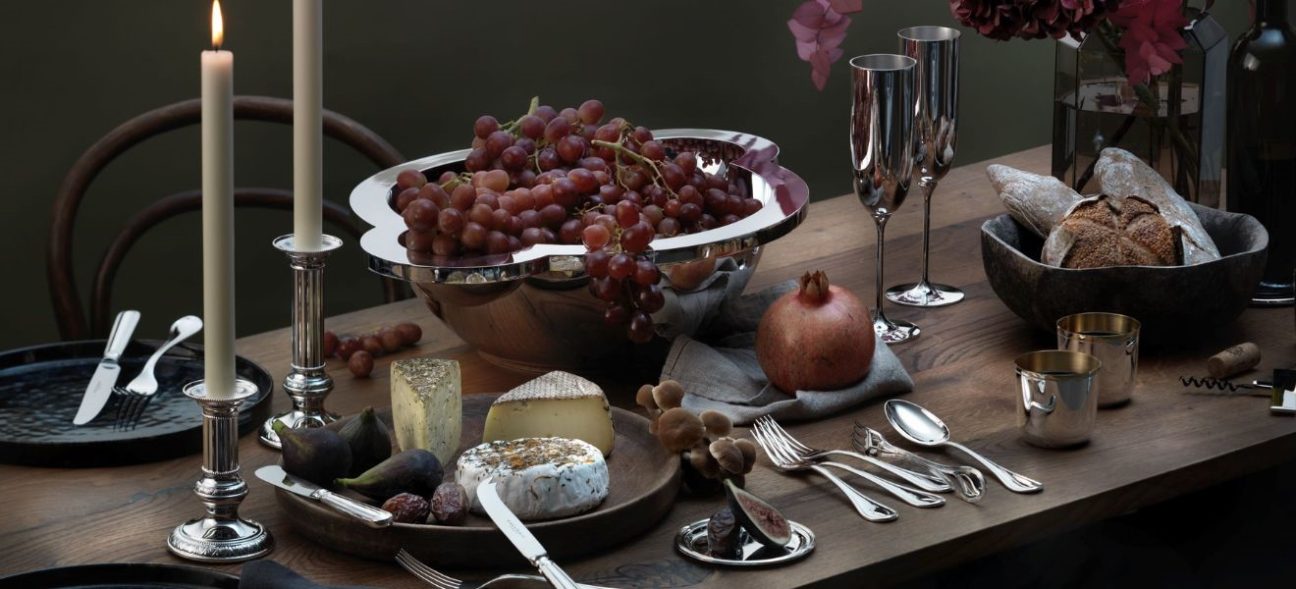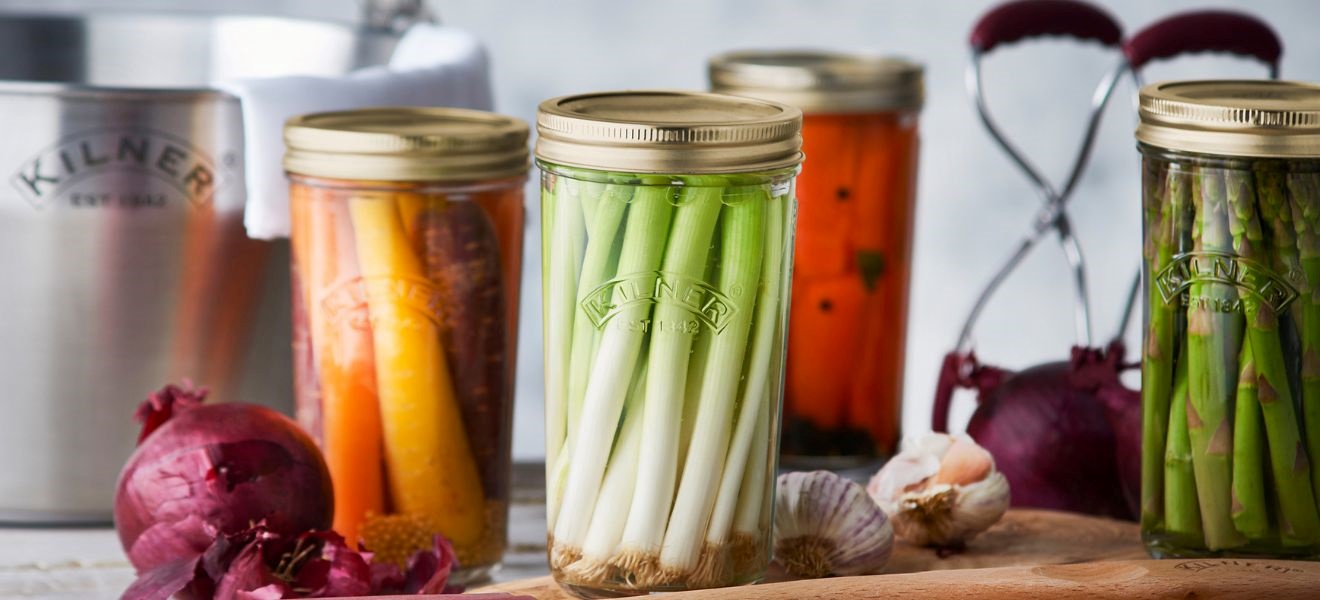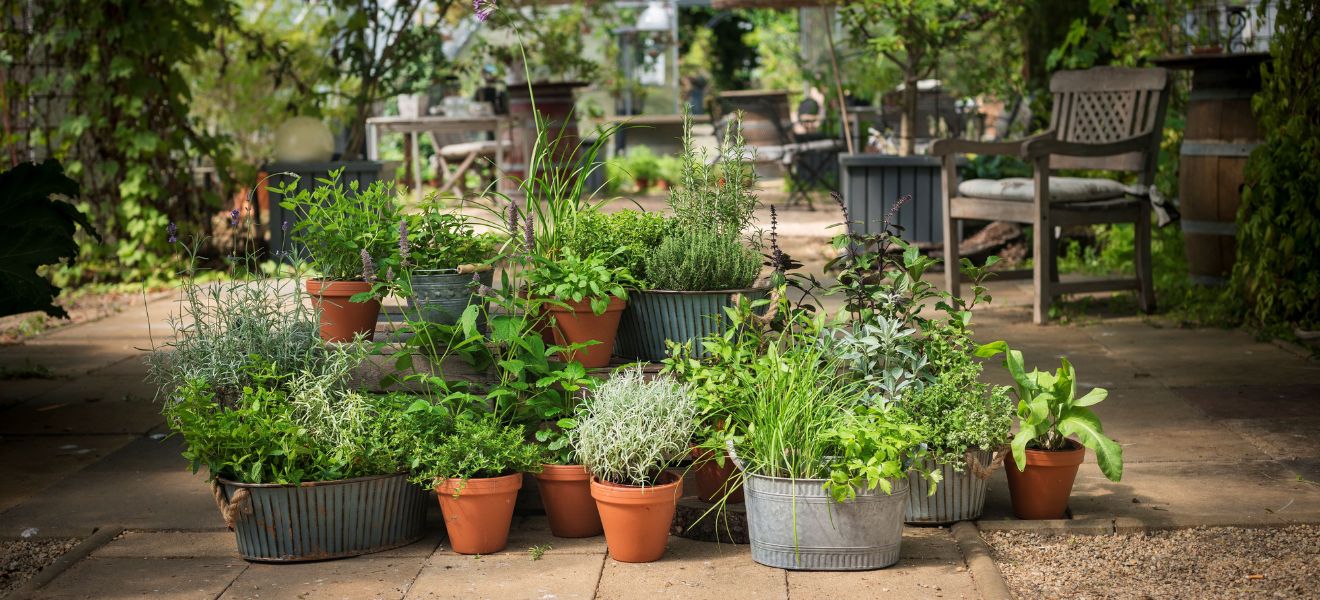It’s like a feast for the eyes: The most beautiful trend in table culture nowadays is called tablescaping. The focus is on the extensively laid table. There are competitions, books and countless photos on social media. They show porcelain, glass, silver and co. in all their varieties. However, what counts above all is the pleasure of staging, decorating and celebrating.
Table culture – there is so much more to this term than just a beautifully laid table. Table culture describes a feeling. Together with friends, you sit at the table and enjoy being together as well as selected dishes. Even the most exquisite star menu would only be half the delight without the corresponding table setting. The table reflects the hospitality and lifestyle of the hosts. So it is a pleasure to see that table culture is currently experiencing a renaissance. A touch of luxury and nostalgic dining treasures are not to be missed.

Creating tablescapes
You can find hundreds of thousands of pictures of beautiful, usually elaborately set tables on Instagram using the hashtag #tablescape. What is behind this social media phenomenon? Tablescaping should definitely offer a feast for the eyes. Perfectly coordinated, individual tablescapes are composed of dinnerware, cutlery and glasses, which receive their decorative finish with artfully folded napkins, carefully arranged candles or lush flower arrangements. Often, the table decoration follows a theme or is kept in a certain colour or decor family, as the festive table by Greengate shows. Equally exciting are deliberately staged breaks in style between traditional and modern tableware. And sometimes the porcelain itself is the story to be told. The Magic Flute service, for example, with which Danish artist Björn Wiinblad transformed his favourite opera, “The Magic Flute” (Die Zauberflöte) by Mozart, into Rosenthal porcelain in 1968, can compete with any Opera Night.


The term tablescaping – consisting of table and landscaping – was already invented by US television chef Sandra Lee in 2003. Like so many lifestyle trends, tablescaping was also pushed by the Covid-19 pandemic, as the importance of one’s own home increased enormously, and with it the status of the beautifully laid table. Just as hosts think about their own outfits, the “wardrobe” of the table also plays a decisive role in emphasising the way of life. Last winter, there was even a competition show on US television called “Table Wars”, which was dedicated to tablescaping.
Table culture throughout the centuries
The history of table culture is as old as the history of mankind. Even Stone Age people attached importance to sitting around the fire and eating together. In antiquity, the dining sofa became one of the most important pieces of furniture. From the 11th century onwards, table manners became more refined. We know from medieval sources that banquets with over 300 courses were celebrated at the royal courts. The great achievement of modern times was to establish the fork as a fixed part of the table setting. Before that, people mostly ate with their fingers or with a spoon. From the 18th century onwards, the table manners of courtly society also spread to the bourgeoisie. The dishes became more varied and refined, the tableware of higher quality and more precious, and silverware came into fashion as cutlery. In addition, other useful utensils such as fish cutlery, soup spoons and egg cups were now introduced.
Whereas the noble table was once a place of perfect staging, there are no longer any fixed rules for table culture today. Nevertheless, or perhaps precisely because of this, fine silver cutlery and extraordinary tableware have their own fascination. And utensils and specialists who have almost been forgotten are not only perfect for modern tablescaping, they also guarantee a good time. Small accessories like the knife stands and place card holders by Edzard have a great effect on the table. Napkin rings, toast holders, menages or ice buckets are as practical as they are decorative. The same applies to special tools such as lobster tongs, truffle slicers, oyster breakers or caviar spoons. Visual highlights are provided by utensils such as bowls with glass cloches, decanters in the shape of ducks or the “leaf” etagere.

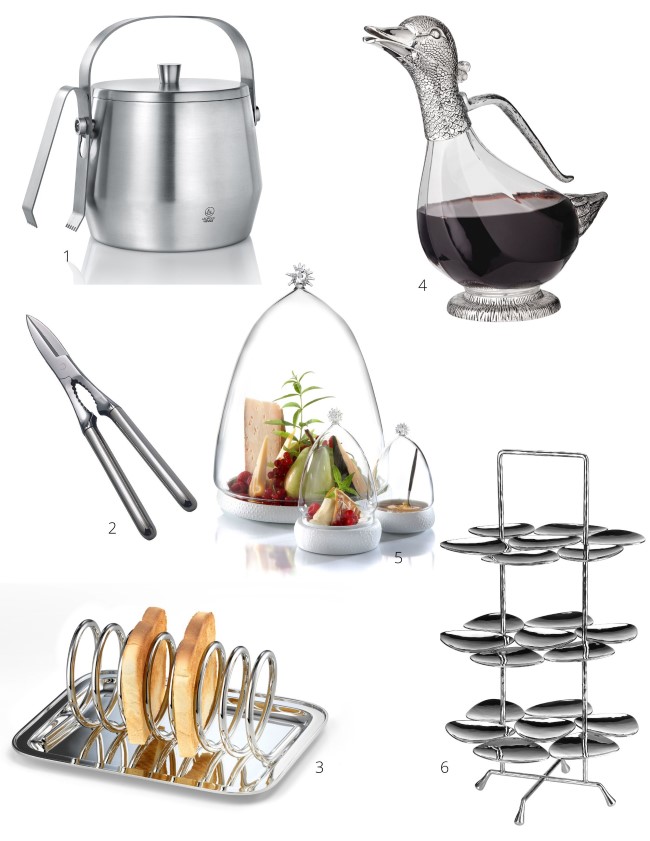
Take: porcelain, glass, cutlery
The three basic ingredients for the well laid table are dishes, glasses and cutlery, with the focus on the first one. Fine porcelain, often unusually decorated, is the eye-catcher par excellence. Bone China is considered the most classy type of porcelain. A proportion of bone ash ensures that the material appears particularly delicate and transparent. The calcium phosphate contained in the bone ash, however, is responsible not only for the filigree appearance but also for the extraordinary density and strength. In addition, the patterns on the Fine Bone China from Dibbern develop a special luminosity, as the “Capri” pattern shows. The intensity of the colours competes with the beauty of the name-giving desired place.
Cutlery plays a special role on the table. After all, we grasp the knife, spoon and fork while eating and come into direct contact with it. Therefore, it should be comfortable and pleasant to hold and at the same time visually convincing. Unusual models such as the cutlery from Domus & Design with mother-of-pearl effect handles set impressive accents. The feel is also important for glasses, which we take in our hands and touch with our mouths when drinking. That’s why you should try something new more often. Why not try sake as a drink with the menu? In top gastronomy, the Japanese rice wine has been established as the perfect accompaniment to food for a long time. But sake also goes well with “normal” dishes. “The drink opens up new, exciting culinary experiences”, Charly Iten, Switzerland’s first Master Sake Sommelier, is quoted as saying in a report in the Swiss newspaper NZZ. Sake glasses from Toyo Sasaki Glass, made according to the traditional Japanese art of glassmaking, are used to serve the drink in style.
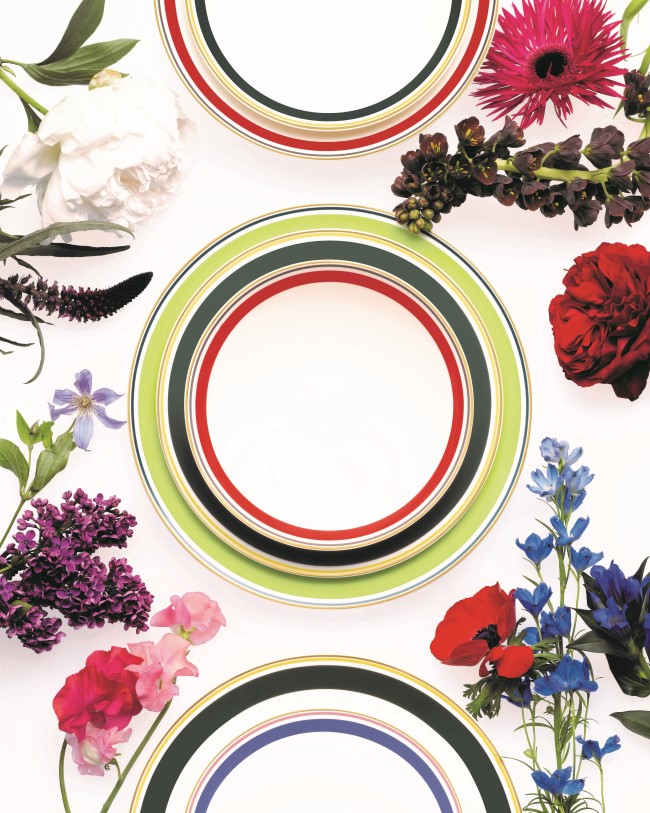
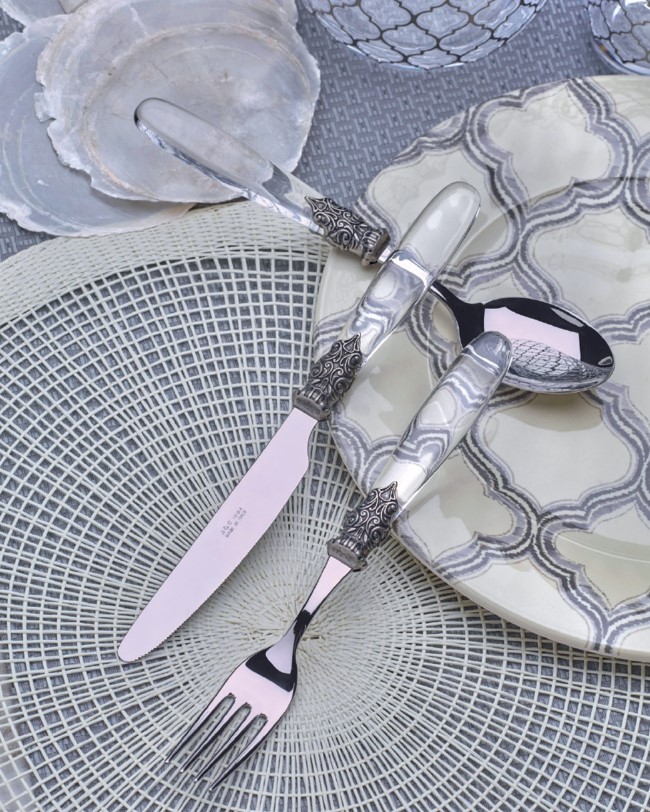


Eye-catcher: the centrepiece
Various, outstanding and sometimes spectacular, the centrepiece has its grand appearance on the table. At the end of the 17th century, centrepieces became fashionable in France. They were usually made of silver, often decorated with gold or enamel. This trend went hand in hand with a change in table culture. Whereas in the past all dishes were placed on the table together (à la française), they were now served “à la russe”, which meant that all dishes were placed on the table individually and one after the other. The “emptiness” that resulted from this on the set table was more than covered up by the centrepiece. The nine-armed “Empire” chandelier made of 925 sterling silver by Robbe & Berking, which would have put everything in the shade even at the court of Louis XIV, is in this tradition. No less impressive is the wine decanter designed by Ron Arad for Nude Glass. Modern design that likes to make itself the centre of the table. Sambonet has created an eye-catching centrepiece based on the design by the Italian architect and designer Gio Ponti.


The shiny things are almost all gold
For festive moments, the table is often lavishly decorated. Of course, the noblest of all materials must not be missing. Gold – the symbol of light, sun and wealth. Golden decorations underline the white of the porcelain and harmonise with any ambience. Gold-coloured cutlery, napkin rings or the multifunctional tasting spoon from Triangle go well with this. More extravagance will be added with decorative objects such as the shiny gold Lucky Cat by Donkey Products and in the snow globe by Rosenthal meets Versace, the iconic Medusa head, the label’s trademark, is swirled around by snowflakes. Alfi’s style icon, the “Juwel” vacuum jug, also underlines its cult status in gold plated. These accessories provide plenty to talk about and charming memories of an unforgettably beautifully laid table.

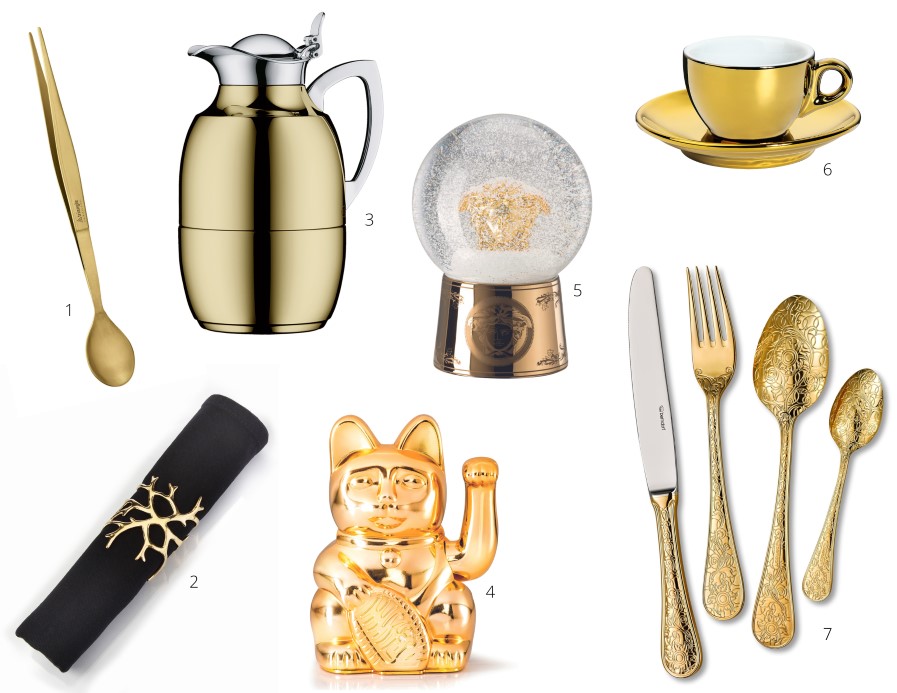
For restaurants and your home
Perfect for fine dining with a wow effect is “La Boule” by Villeroy & Boch. Back in the 1970s, Helen von Boch wrote design history with the “Globe”, which was far ahead of its time. Now Villeroy & Boch has taken the iconic design object a step further and launched a modern version that is also available for ambitious premium gastronomy. A sensational tableware set for two, consisting of two bowls, deep and flat plates as well as a serving plate. La Boule inspires completely new table settings, which will certainly also be a highlight at a private dinner for two.

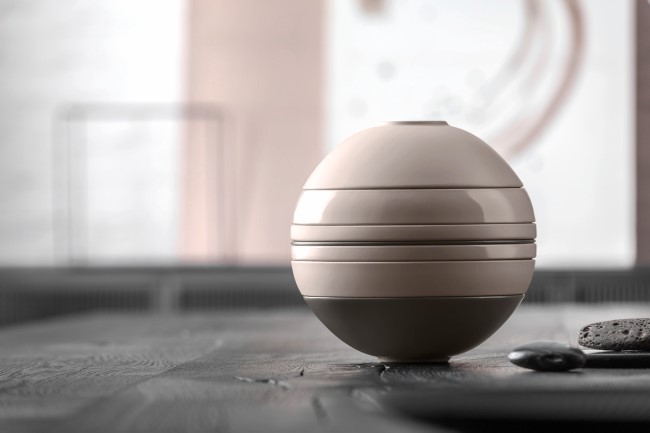
Title: Robbe & Berking
